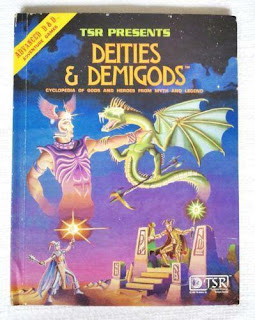Alternate Oerths - Mythic Greyhawk: Wizardry & the Circle of Eight

I mentioned in the introduction to Mythic Greyhawk that: The occult workings and experiments of the eccentric scholars, alchemists and mystic savants called "wizards" can somehow tame Chaos and produce so-called "arcane magic". But how controlled is it really? And who can say how tainted they become? Godly and Law-abiding people do not meddle with such forces. Witch hunts are rare, but wizards mostly stand outside the social ladder on the fringe of society, somewhere between shunned and exiled. A contributing factor to this is the fact that Alignment Language is a thing in Mythic Greyhawk and wizards are in the disreputable position of having to learn Chaotic and Neutral in order to cast their spells. Archetypical member of the Circle of Eight But a large part of the distrust of wizards is historical: It was wizards who catastrophically wiped out the two biggest empire in human history (not to mention sinking the Isles of Woe, creating the Bright ...




